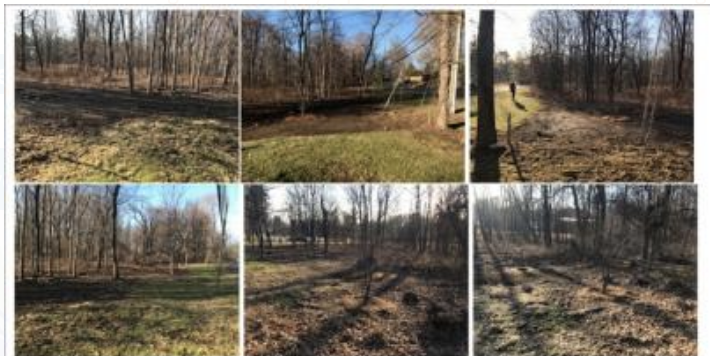Pollinator Pathway at North Street
Help us to reclaim an area historically dominated by invasives species and turn it into vibrant pollinator habitat. A place with native diversity and inspiration to viewers.
Leader
Aleksandra Moch
Location
393 North Street Greenwich, CT 06830
About the project
Greenwich Pollinator Pathway group in collaboration with the Department of Parks and Recreation is asking for your support to install a vegetative corridor that will help to restore a roadside historically occupied by invasive species. The chosen plants to restore this area consist of native species of trees, shrubs and herbaceous ground cover attractive to pollinators. This area has been recently reclaimed from a thick cover of invasive vines and Japanese knotweed. The effort was initiated by the Parks and Recreation Department, Conservation Commission, and supported by volunteers from the local community.
Our goal is to create the first mile-long contiguous pathway along North Street planted with pollinator-friendly native species. This effort aims to create a habitat that will support and sustain pollinating insects that are currently declining globally. The scope of work begins at North Street School and continues north to Greenwich Catholic School. This location opens up an opportunity to engage students and create an outdoor classroom; as 393 Norths Street is situated in the heart of the pathway. The educational and habitat values of this project are enormous. Your donation will go a long way and continues to highlight Greenwich a leader in green initiatives.
The Steps
- Remove any spring regrowth of invasive species
- Order the plant material
- Invite local community, volunteers, and students to plant alongside experts in this field of science
- Offer educational program on the importance of pollinators and native plants
- Provide weekly maintenance (watering, weeding). Involve volunteers and select Pollinator Pathway members to work with local students
- Document weekly observations of wildlife species visiting the area.
- Collect seeds in fall to grow new plugs to propagate them in other areas.
Why we‘re doing it
Pollinator insects are in a steep decline globally, as a result, they need your help. Building their habitats not only will support their population, but it will also provide an educational experience about native plants and their importance. Engaging students and the community in growing native plants will plant a seed of love to natural habitats and the need of doing more at their own gardens. The planted restored area will prove to the community, the pesticide-free environment can be vibrant, interactive, and attractive to the human eye. Our goal is to create a healthy pollinator habitat while involving educational components via citizen science supported by local students and volunteers.

